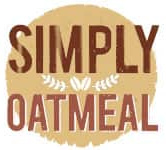Embarking on a Paleo lifestyle can pose significant hurdles. Breaking old habits proves challenging, and distinguishing between acceptable and unacceptable foods can be difficult. Given the reputation of oats as a nutritious food, there is curiosity about their compatibility with the Paleo diet. In this blog post, we will explore the role of oats in the Paleo diet and answer: are oats Paleo? Before delving into that, let’s establish a clear understanding of what the Paleo diet entails.
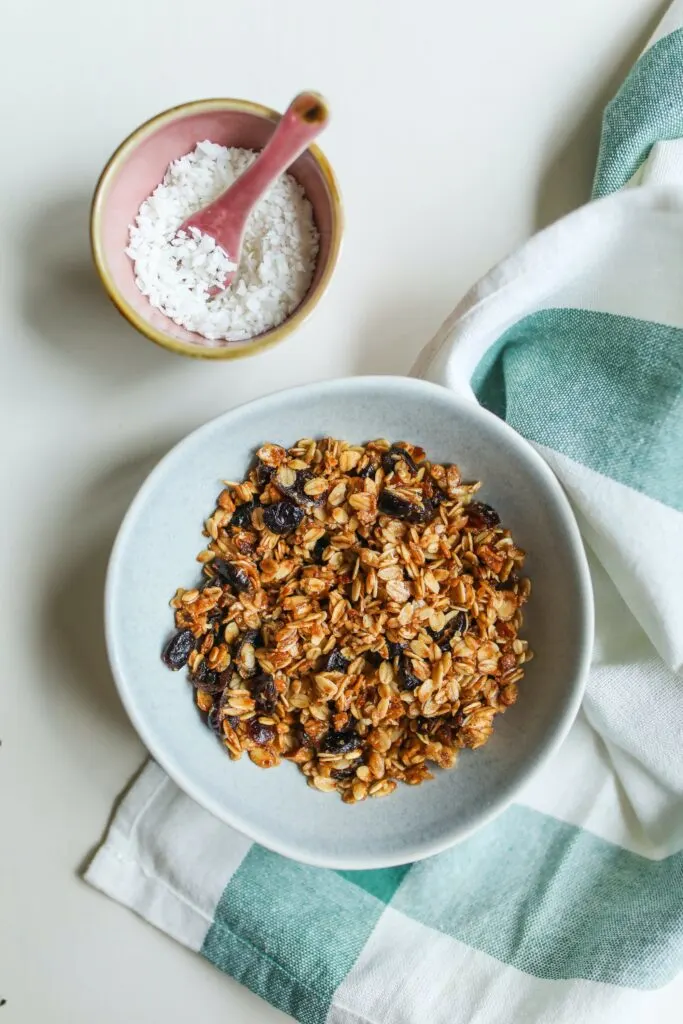
What is the Paleo diet?
The Paleo diet, also known as the Paleolithic diet or caveman diet, is a dietary approach that mimics the eating patterns of our hunter-gatherer ancestors during the Paleolithic era, roughly 2.5 million to 10,000 years ago.
The basic principle is to consume whole, unprocessed foods that were readily available to our ancestors, such as:
Fruits and vegetables: A wide variety of colorful fruits and vegetables are encouraged, providing essential vitamins, minerals, and fiber.
Lean meats and fish: These are the primary sources of protein in the Paleo diet, with an emphasis on grass-fed and wild-caught options.
Nuts and seeds: Nuts and seeds are excellent sources of healthy fats, fiber, and protein, making them perfect for snacks or incorporating into meals.
Healthy fats: Avocados, olive oil, and nuts are all good sources of healthy fats, which are essential for heart health and brain function.
Foods typically excluded from the Paleo diet include:
Grains: Wheat, barley, rice, and other grains are not allowed. They were not widely consumed during the Paleolithic era.
Legumes: Beans, lentils, and peas are also excluded.
Dairy products: While some versions of the Paleo diet allow for dairy in moderation, others exclude it completely.
Processed foods: Processed foods of any kind are off-limits, as they are not considered to be natural or whole foods.
Added sugar and refined sweeteners: These are also avoided, as they can contribute to weight gain and other health problems.
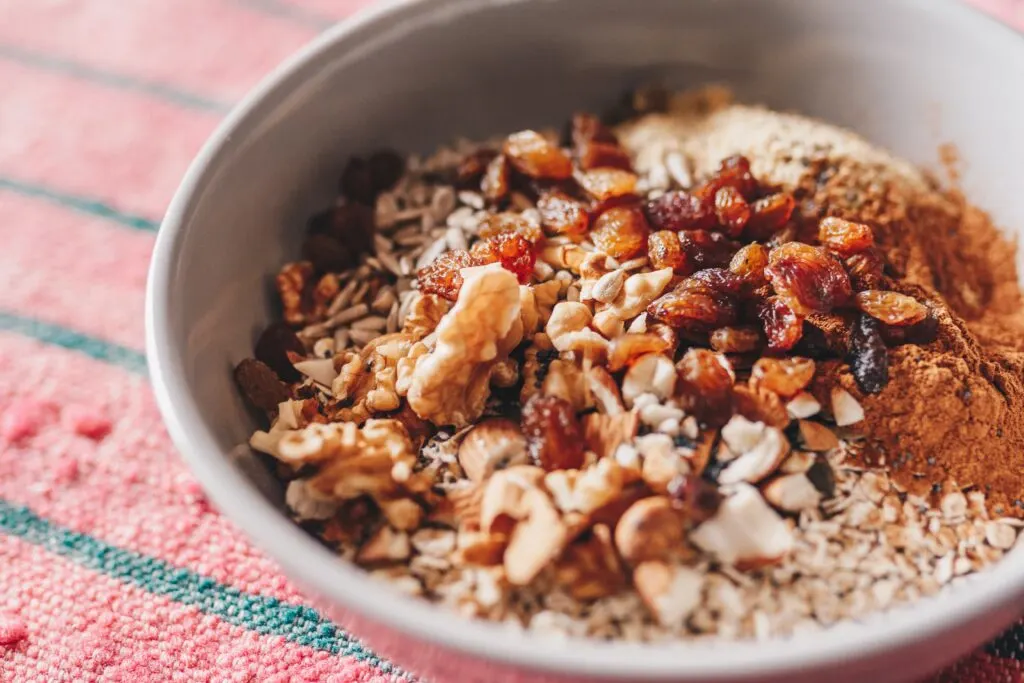
Potential Benefits of the Paleo Diet
Weight loss: The Paleo diet can be effective for weight loss, as it is naturally lower in calories and processed foods than the typical Western diet.
Improved blood sugar control: The emphasis on whole foods and healthy fats can help to improve blood sugar control and reduce the risk of type 2 diabetes.
Reduced inflammation: The Paleo diet may help to reduce inflammation in the body, which is linked to a number of chronic diseases.
Improved heart health: The Paleo diet can promote heart health by lowering blood pressure, cholesterol levels, and triglycerides.
Potential Drawbacks of the Paleo Diet
Difficult to follow: The Paleo diet can be challenging to follow, as it requires a significant change in eating habits. It can also be expensive, as grass-fed meat and wild-caught fish tend to be more expensive than conventional options.
Nutritional deficiencies: The Paleo diet can be low in certain nutrients, such as calcium and vitamin D, if not carefully planned.
Social limitations: The Paleo diet can make it difficult to eat out or socialize with friends and family who do not follow the same diet.
What is Oatmeal?
Oatmeal, the unassuming breakfast champion, transcends its humble origins to deliver a nutritional punch that fuels individuals across the globe. Beyond its comforting warmth and versatility, lies a scientific symphony of health benefits deserving of professional analysis.
Is Oatmeal Healthy?
In the realm of breakfast champions, oatmeal sits upon a throne of scientifically backed benefits, versatile application, and remarkable taste.
Beyond its comforting warmth and humble origins, oatmeal delivers a professional-grade symphony of health advantages, propelling both physical and cognitive performance to new heights.
A Masterclass in Macro and Micronutrients:
- Fiber Fiesta: Imagine a fiber fiesta in your bowl! Oatmeal is packed with both soluble and insoluble fiber. The soluble beta-glucan fiber slows down digestion, keeping you feeling full and satisfied while regulating blood sugar. Insoluble fiber is a natural scrub brush for your gut, promoting regularity.
- Protein Powerhouse: Don’t underestimate oatmeal’s protein power! It delivers a surprising punch, contributing to muscle repair and satiety, making it ideal for athletes and anyone seeking sustained energy throughout the day.
- Vitamin and Mineral Vault: Oatmeal is a treasure trove of vitamins and minerals like iron, magnesium, and phosphorus, supporting various bodily functions and promoting overall well-being. Think of it as a multivitamin in a bowl!
- Gluten-Free Friend: Unlike many other grains, oats are naturally gluten-free, making them a safe and delicious choice for individuals with celiac disease or gluten sensitivity.
Scientifically Supported Symphony:
- Cholesterol Champion: Beta-glucan fiber is a true cholesterol champion, lowering LDL (bad) cholesterol while boosting HDL (good) cholesterol. This translates to a healthier heart and reduced risk of cardiovascular disease.
- Blood Sugar Balance: Oatmeal’s low glycemic index keeps your blood sugar from spiking after a meal, making it a friend to those managing diabetes or pre-diabetes. Stable blood sugar means consistent energy and improved overall health.
- Antioxidant Arsenal: Oats are loaded with antioxidants, those cellular superheroes that combat free radical damage and protect cells from oxidative stress. This potentially reduces the risk of chronic diseases, keeping you healthy in the long run.
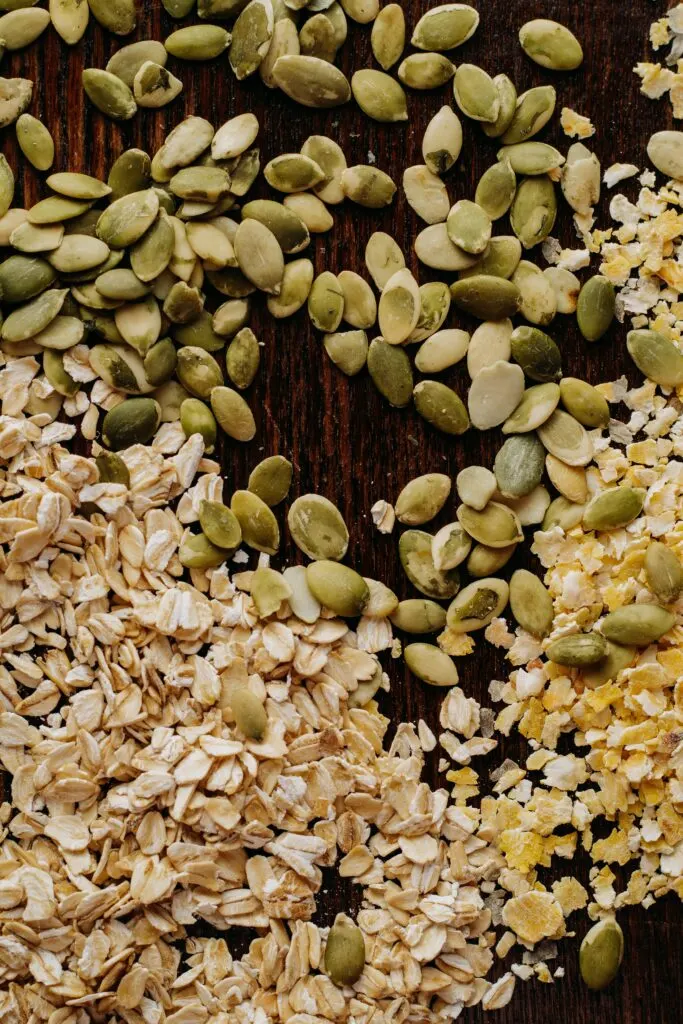
Why are Oats not Paleo-friendly?
Oats, the nutritional champions of countless breakfast tables, occupy a curiously complex position within the Paleo dietary paradigm. While lauded for their fiber-rich nature and satiating properties, their inherent grainy heritage casts a shadow of doubt: are they Paleo partners or forbidden imposters in this ancestral-inspired quest for health? Let’s dissect the nutritional landscape and navigate the oat maze with professional precision.
Paleo Principles: Grains or Greens?
The Paleo diet, modeled after our hunter-gatherer ancestors, prioritizes whole, unprocessed foods readily available during the Paleolithic era. Grains, however, are deemed off-limits, as they weren’t readily available during this evolutionary epoch.
Oats: Grain Outliers with Intriguing Benefits
True, oats belong to the grass family, technically qualifying as a whole grain. Yet, these are not your typical gluten-containing companions like wheat and barley. Oats boast a distinct protein, avenin, demonstrably different in structure from gluten and generally tolerated by individuals with celiac disease or gluten sensitivity.
Furthermore, oats shine as nutritional powerhouses, offering a respectable serving of fiber, protein, iron, magnesium, and B vitamins. Their low glycemic index promotes sustained energy and satiety without blood sugar spikes – a significant asset in any well-balanced diet.
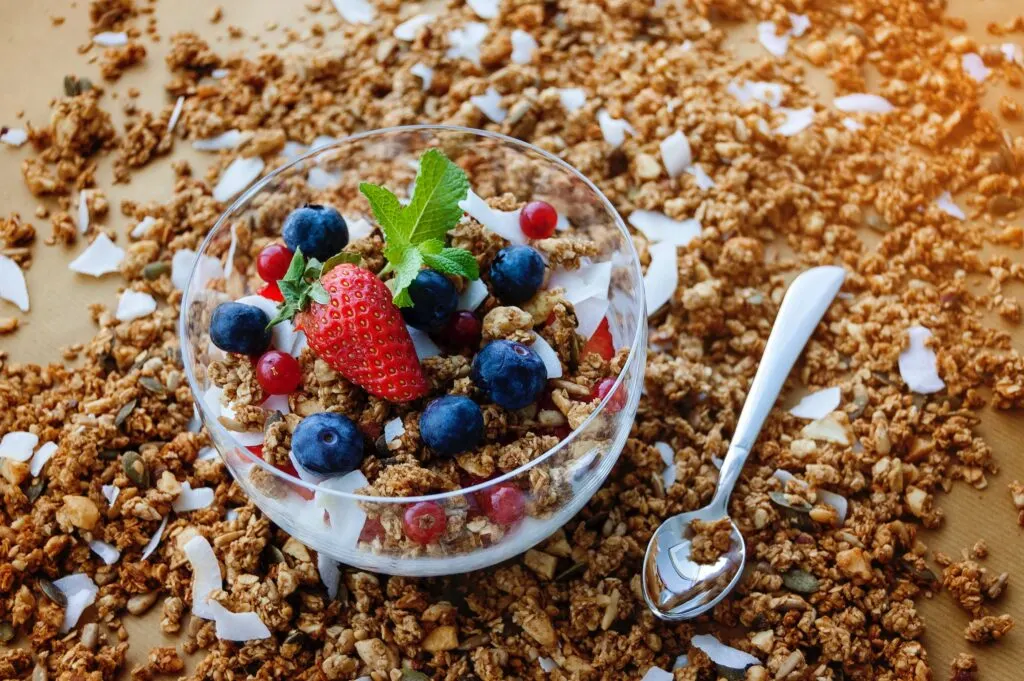
Best Oats to Buy for a Paleo Diet
As oats are technically not Paleo-approved due to being a grain, finding the “best” oats for a Paleo diet is a bit tricky. However, if you choose to incorporate them in moderation and with thoughtful preparation, here are some options to consider:
Types of Oats:
Rolled Oats: These are the most common type and cook quickly. Look for organic, whole-grain rolled oats.
Steel-Cut Oats: More nutrient-dense and chewier than rolled oats, they take longer to cook. Choose organic and steel-cut options.
Sprouted Oats: Soaking or sprouting oats can help reduce their phytic acid content, improving nutrient absorption. Find sprouted versions of rolled or steel-cut oats.
Certification:
Certified Gluten-Free: This is crucial, as even trace amounts of gluten can be problematic for those with sensitivities.
Brand Recommendations:
Bob’s Red Mill: Offers various organic and gluten-free oat options, including rolled, steel-cut, and sprouted.
Nature’s Path: Features organic and gluten-free rolled oats and granola blends with paleo-friendly ingredients.
Paleo Pantry: This brand specializes in Paleo-friendly products, including gluten-free rolled oats and sprouted oat groats.
Additional Tips:
Mindful Portions: Keep oat intake moderate and balance it with plenty of vegetables, fruits, nuts, and seeds for a complete Paleo meal.
Quality Toppings: Avoid processed sugars and opt for paleo-approved toppings like berries, nuts, seeds, or coconut flakes.
Alternative Breakfasts: If oats don’t fit your Paleo approach, consider other options like nut and seed bowls, cauliflower porridge, sweet potato hash, or eggs.
Oat Alternatives
If you’re looking for alternatives to oats, whether for dietary reasons like Paleo or simply seeking variety, there are plenty of delicious and nutritious options to explore! Here are some ideas, categorized by their strengths:
High in Protein and Fiber:
Nut and Seed Bowls: Load up on chia seeds, hemp seeds, sunflower seeds, and nuts for a fiber-rich and protein-packed breakfast bonanza. Add berries, coconut flakes, and cinnamon for an extra flavor boost. Try this Keto Oatmeal!
Quinoa Flakes: A complete protein source and naturally gluten-free, quinoa flakes make a satisfying hot cereal alternative. Mix it up with almond milk, chopped vegetables, and herbs for a savory twist.
Freekeh: This roasted wheat berry can be cooked similarly to oats and offers a nutty flavor alongside a hefty dose of protein and fiber. Try it in a salad or as a base for your next Buddha bowl.
Paleo-Friendly Options:
Cauliflower Porridge: Grated cauliflower transforms into a surprisingly creamy and satisfying porridge base. Top it with nuts, seeds, chopped vegetables, or a fried egg for a hearty and delicious Paleo-approved breakfast.
Sweet Potato Hash: Diced sweet potatoes sauteed with spices and vegetables make for a flavorful and filling breakfast option. Add a dollop of guacamole or pesto for extra zest.
Nut and Seed Butter Breakfasts: Spread your favorite nut or seed butter on a slice of sweet potato toast, rice cakes, or gluten-free crackers for a quick and simple Paleo-friendly breakfast. Top with berries or bananas for added sweetness.
Light and Refreshing Options:
Fruit and Yogurt Parfait: Layer your favorite fruits, granola (choose Paleo-friendly options!), and Greek yogurt for a refreshing and nutritious start to your day.
Smoothies: Blend up a mix of fruits, leafy greens, nut butter, and dairy or plant-based milk for a nutrient-packed and on-the-go breakfast option.
Chia Seed Pudding: Soak chia seeds in almond milk or coconut milk overnight for a pudding-like breakfast with a delicious blend of textures and flavors. Top with your favorite fruits or nuts.
Other Creative Alternatives:
Cottage Cheese Bowls: Cottage cheese is a great source of protein. Mix it with fruit, chopped vegetables, herbs, or spices for a savory or sweet breakfast option.
Baked Eggs: Crack your eggs into small baking dishes and add your favorite toppings like cheese, vegetables, or meats. Bake until set for a hearty and protein-packed breakfast.
Avocado Toast: This trendy option offers a satisfying blend of healthy fats and fiber. Top your avocado toast with eggs, smoked salmon, or a drizzle of balsamic vinegar for added flavor.
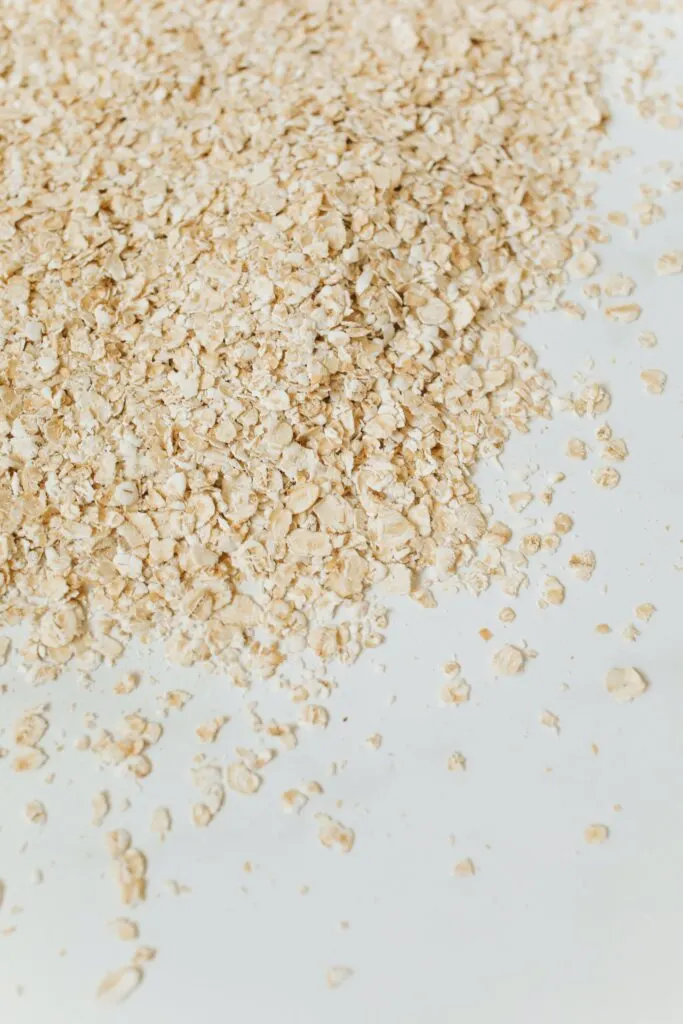
Frequently Asked Questions (FAQs)
On a Paleo diet, you can eat grains considered pseudocereals, such as quinoa, amaranth, and buckwheat. Traditional grains like wheat, rice, and oats are not Paleo.
Paleo oatmeal is a grain-free alternative to traditional oatmeal, made with ingredients like nuts, seeds, and coconut to mimic the texture and flavor of oatmeal while adhering to the paleo diet.
For a paleo-friendly substitute for oats, you can use seeds like chia or flaxseeds, or nuts like almonds or walnuts. These alternatives offer a similar texture and nutritional benefits while adhering to paleo guidelines.
Rice is generally not considered paleo because it is a grain. The paleo diet typically excludes grains, legumes, and processed foods. The paleo diet focuses on whole, unprocessed foods that would have been available to our Paleolithic ancestors, such as meats, fish, nuts, leafy greens, regional veggies, and seeds.
You May Also Like
- Oat Flour Waffles
- Oat Flour Pancakes
- No Bake Chocolate Oatmeal Cookies
- Instant Pot Oatmeal
- Apple Cinnamon Oatmeal
If you enjoy this post about paleo oats, please leave a rating and comment!
